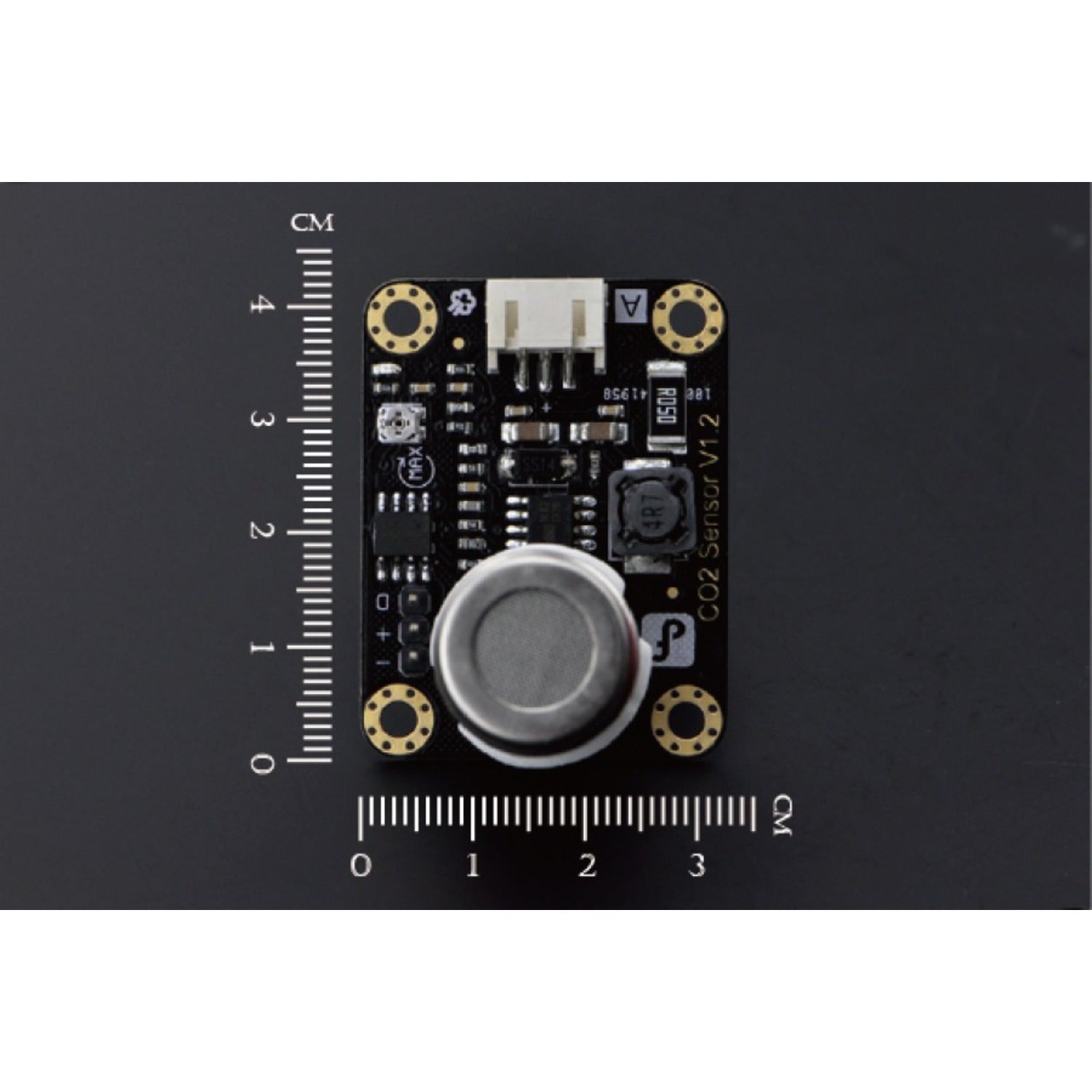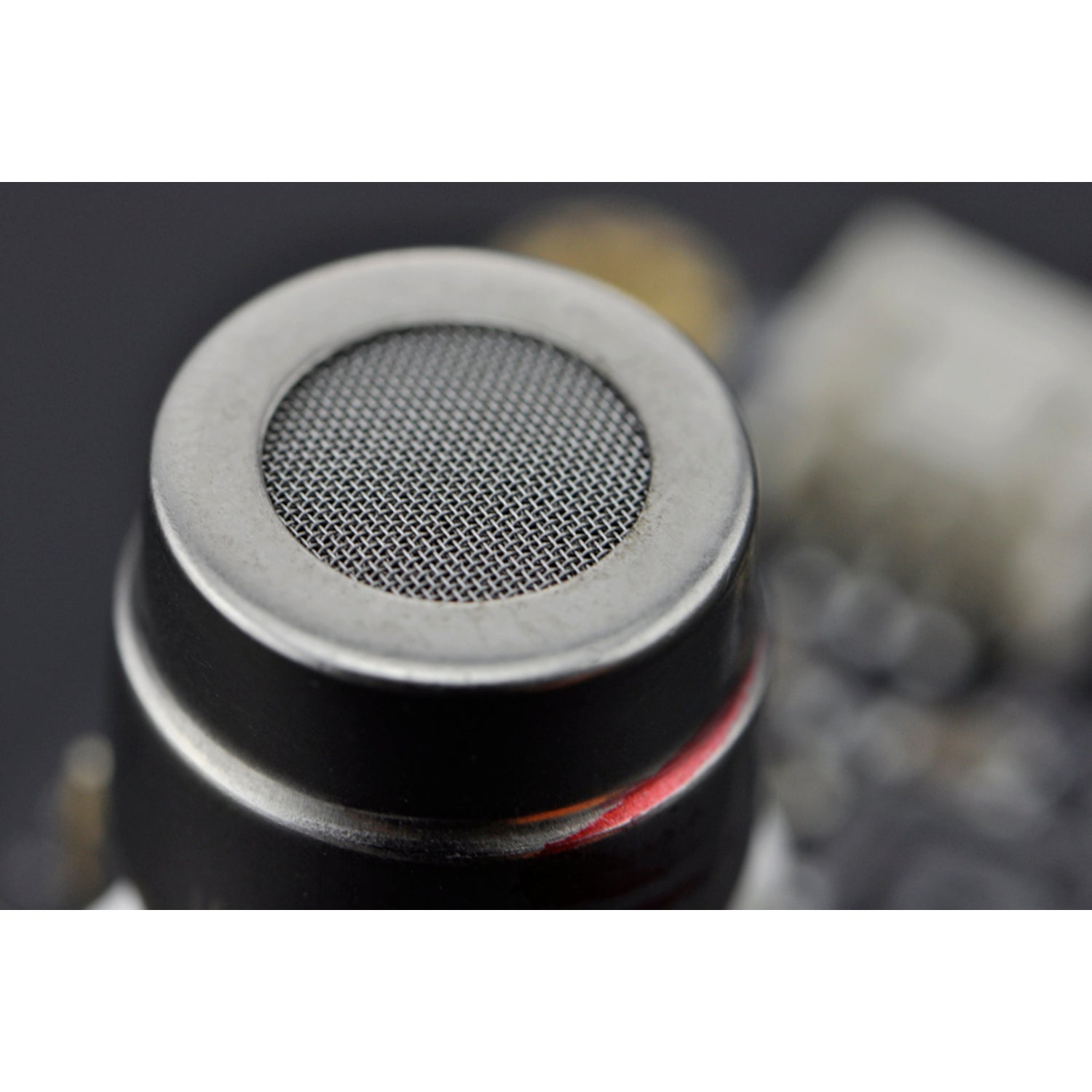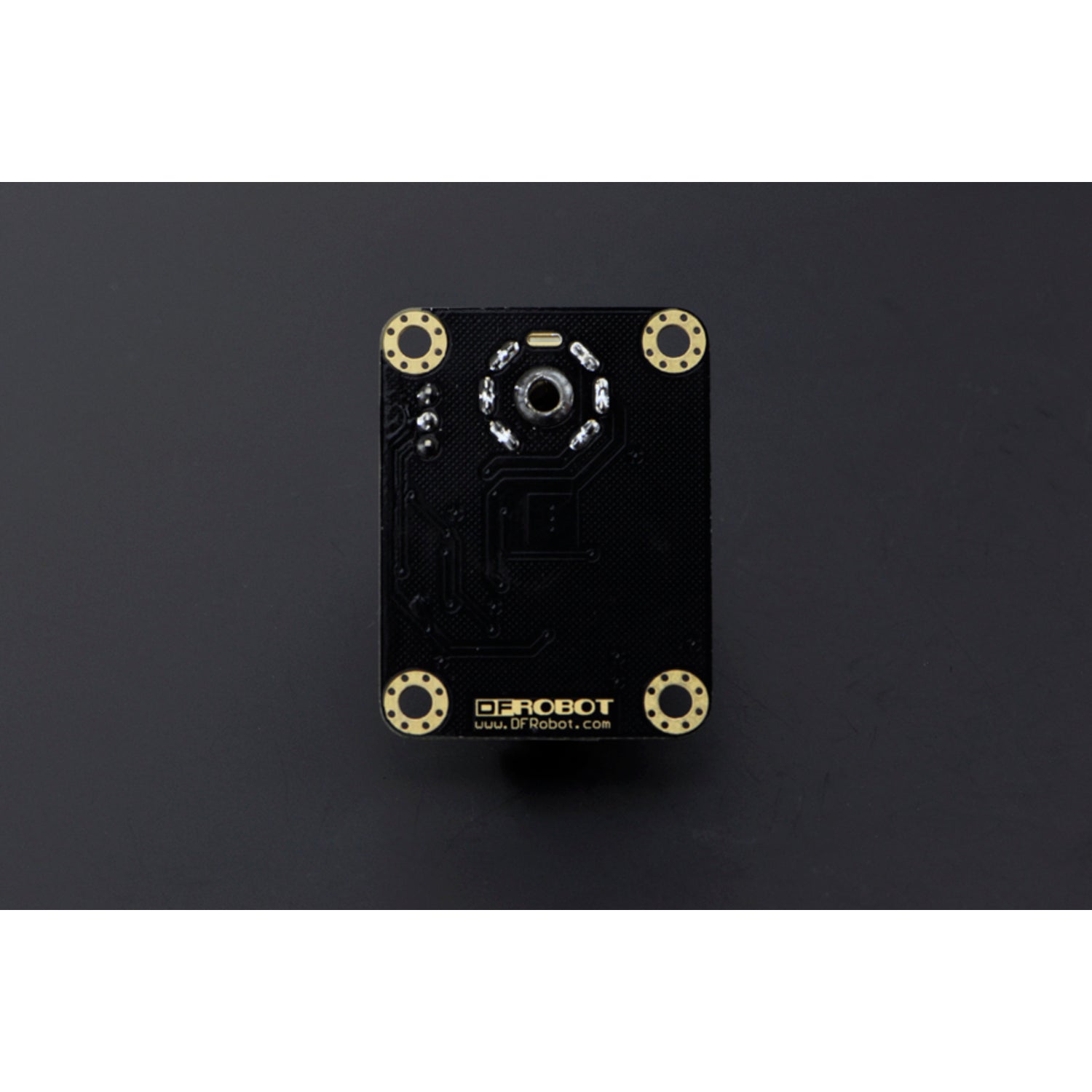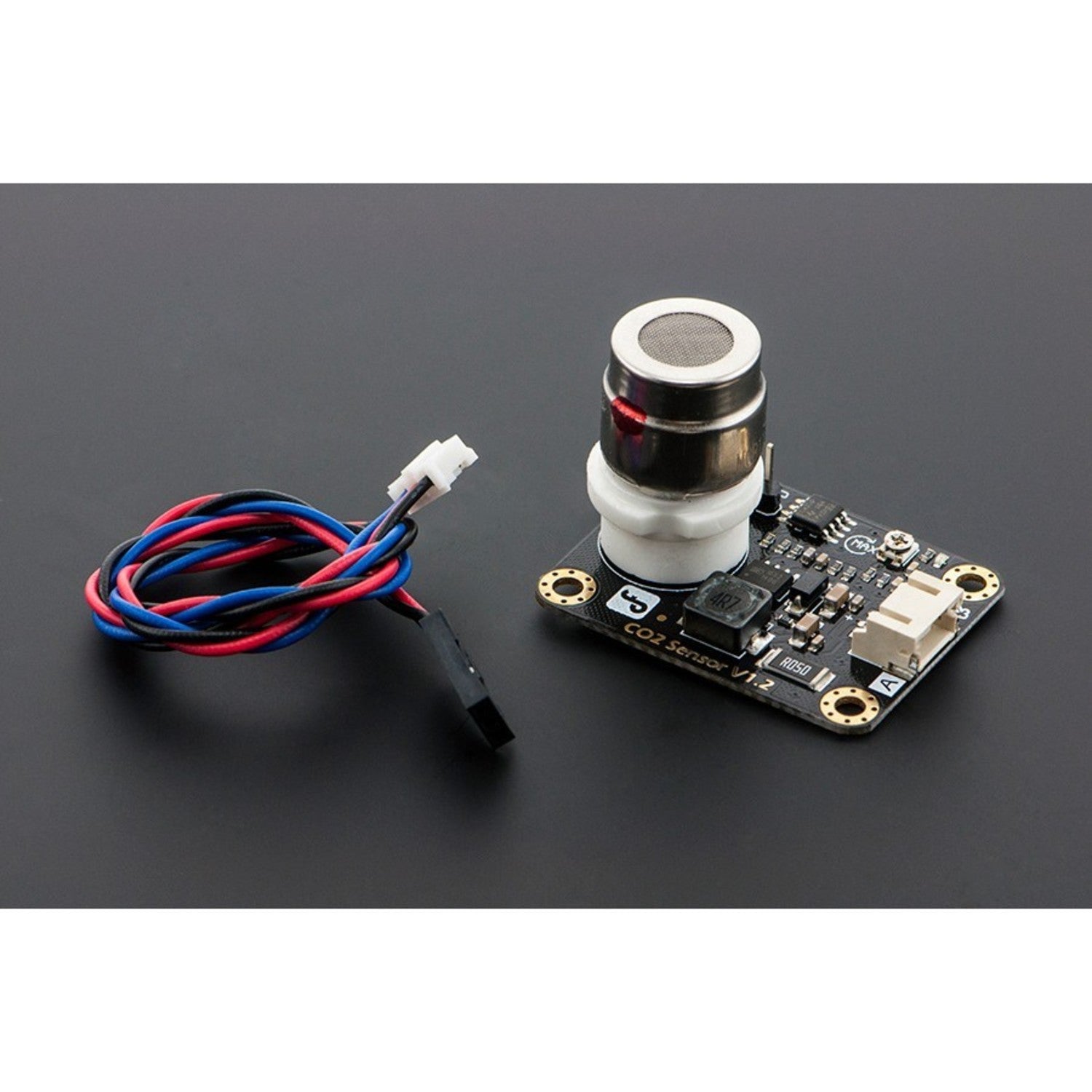The 'Greenhouse Effect' is a global threat, melting ice cores and creating dangerous icebergs every minute. By accurately measuring CO2 concentration, we can take steps to protect our planet. This CO2 sensor, crafted by DFRobot's engineers, is a game - changer in the Arduino market. It's the first of its kind, with an output voltage that drops as CO2 concentration rises. The onboard potentiometer lets you set the voltage threshold. When CO2 levels are high enough, it sends a digital ON/OFF signal. The MG - 811 sensor module is highly sensitive to CO2, less affected by alcohol and CO, and has low humidity and temperature dependency. An onboard heating circuit provides the ideal temperature for the sensor, and internal power boosting to 6V ensures top - notch performance. There's also an onboard conditioning circuit to amplify the output signal. To make it user - friendly, it has a Gravity Interface for plug - and - play. The Arduino IO expansion shield is a perfect match for connecting to your Arduino microcontroller. This electrochemical CO2 sensor is great for qualitative analysis, while there are also infrared options for quantitative analysis. There's a Gravity: Analog Infrared CO2 Sensor for Arduino (0 - 5000 ppm) with high precision, suitable for Arduino and other ADC - enabled microcontrollers. And a Gravity: UART Infrared CO2 Sensor (0 - 50000 ppm) with a wide range, for Arduino, Raspberry Pi, and UART - enabled microcontrollers. Applications include air quality control, ferment process control, and room CO2 concentration detection. Specifications include an operating voltage of 5V, a Gravity Analog interface, one digital output, a high - quality connector, an immersion gold surface, an onboard heating circuit, and a size of 32x42mm (1.26x1.65'). Documents include the CO2 Sensor SKU:SEN0159 Wiki, schematic, layout, and MG811 datasheet. The shipping list includes one CO2 sensor.





Using this CO2 sensor is a breeze. First, connect it to your Arduino microcontroller using the Gravity Interface. You can also use the Arduino IO expansion shield for a perfect fit. Once connected, power it up with 5V. The onboard potentiometer allows you to set the voltage threshold according to your needs. When the CO2 concentration reaches the set level, you'll get a digital ON/OFF signal. For better performance, let the onboard heating circuit do its job as it provides the best temperature for the sensor. Keep in mind that this is an electrochemical sensor for qualitative analysis. If you need quantitative results, you might want to consider the infrared options. As for maintenance, make sure to keep the sensor in a clean environment. Avoid exposing it to high levels of alcohol and CO for long periods as it may affect its sensitivity. Check the documents regularly for any updates on the sensor's performance and usage.